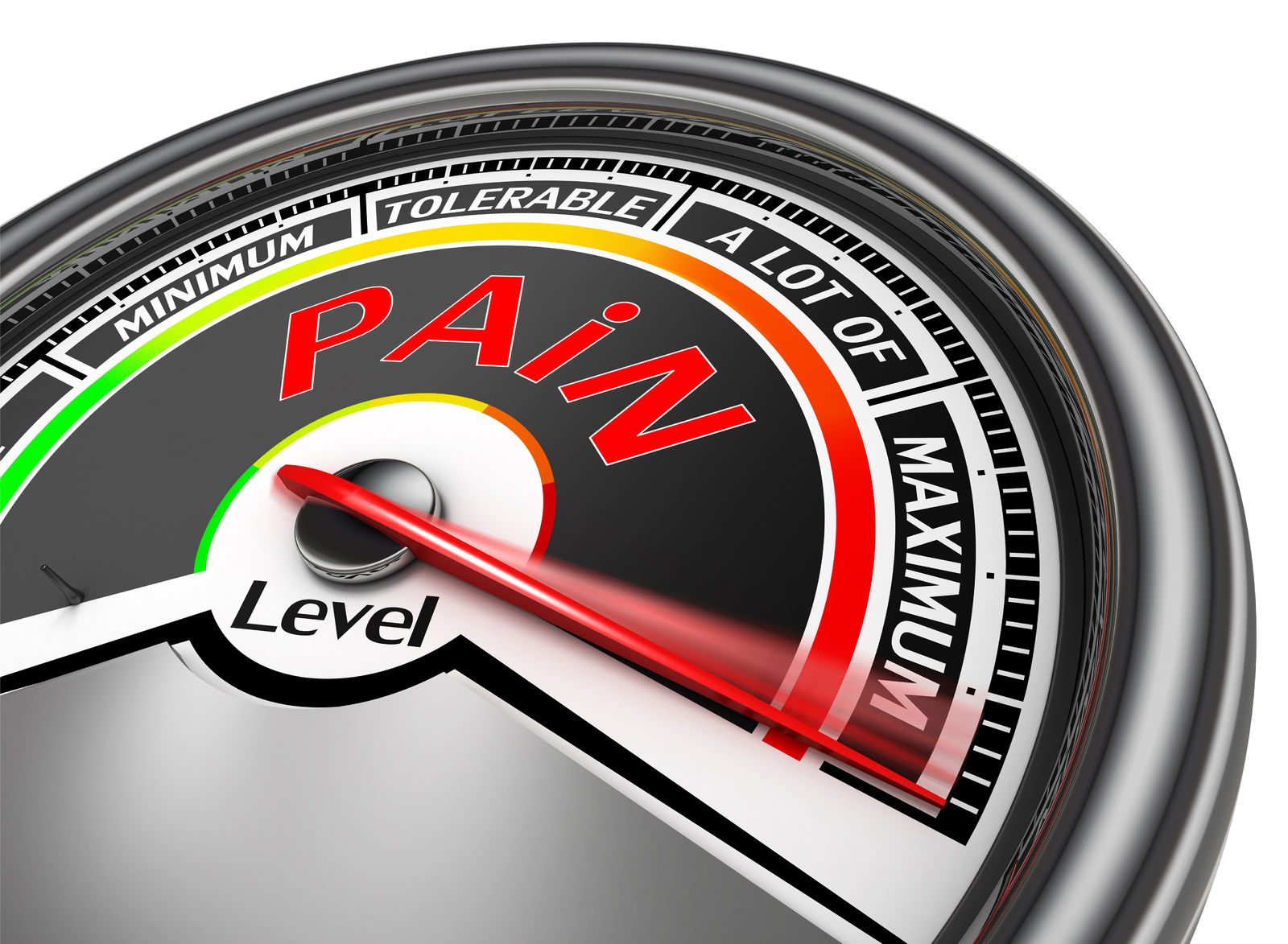Diagnosing Your Pain
Diagnosing Your Pain – History & Assessment
Not all pain is the same. There are a few key types of pain and they all require different treatment approaches, so our first job is to work out what sort of pain you have.
Is it pain associated with an acute connective tissue injury, is it a nerve injury or is it a disorder of heightened nerve sensitivity?
To work this out we’ll ask you a heap of questions about the nature, timing and intensity of your pain, and try to clarify how it came about and what other symptoms it might be associated with. We’ll also need to consider your health history, your medications and your family history to ensure we have a good understanding of the types of problems you’re most likely to be prone to.
We’ll also conduct a range of assessments;
- A musculoskeletal exam will help us identify connective tissue injuries
- A neurological exam will help us identify neurological disease or injury
- An assessment of nerve sensitivity to a range of stimuli will help us understand how sensitive your nervous system is
Most of us have been poked and prodded by doctors and therapists before, you’ve likely had your movement and reflexes checked and you’re probably familiar with the concepts of musculoskeletal and neurological exams. What people are usually less familiar with is the assessment of nerve sensitivity. When nerves are overly sensitive you become prone to experiencing pain from benign stimuli like lifting an arm overhead or wearing a collar that’s too tight.



Assessing Nerve Sensitivity
When we examine people in pain, we can do all the orthopedic or functional tests we like, but we have to remember that pain doesn’t come from the tissues we’re poking and prodding, pain comes from the brain. All pain comes from the brain, always… but the signals the brain evaluates and interprets as pain, are delivered by nerves so regardless of the ’tissue causing pain’, any assessment for pain that doesn’t look at nerve mobility and sensitivity is missing half the picture.
Typically, our assessment starts with nerve sensitivity and neurodynamic testing to look at how sensitive the area is compared to the other side or some other area of the body. We can test sensitivity to a range of stimuli… pins, cotton-wool, scourers… and movement… these things all tell us something about how sensitive the nerves are and how likely it is that the you’ll get pain when your tissues are not at risk of injury or harm. This is one of the biggest predictors and drivers of non-traumatic pain.
Take a peak at this video of Paul doing a Median nerve glide to test it’s sensitivity to movement.
If you’re struggling with pain… anywhere in your body…and nothing seems to be working, maybe it’s time to try something new. Let us give you a helping hand to get back to doing the things you love, make an appointment with one of our Osteopaths, click here.
If you’re not sure if we can help you specifically, please get in touch so we can help put you on the path to recovery, call 03 8370 3044.



